FINTECH & PROPTECH: Trends on the overlap PART 2
Postbank: The use of digital channels has accelerated rapidly, and is set to continue, even once the COVID-19 situation has eased.
A set of several type of technologies was heavily used in the Covid environment not only in front office. In the middle and back office AI and Machine learning proved their efficiency.
As Philip Kotler stated „The future isn’t ahead of us. It has already happened.“
That is even more valid in the current environment, when we are facing booming development in the artificial intelligence, machine learning, Natural Language Processing, Sensor tech, Robotics, Augmented, Mix and Virtual Reality, IoT and Blockchain. Further development in these technologies have potential to change significantly vast amount of process even all business environment.
The interview is completed by Sylvia Pavlova MBA CMC, Founder PropTech Bulgaria, Co-Founder PrEXCELerator Bulgaria.
This interview was part of the Bulgarian PropTech Business Show on RE:Connect 3.0 on 24 June 2021. Bulgaria was represented by PropTech Bulgaria at RE:Connect 3.0 – one of the largest PropTech events worldwide. And this is the 1st part of our conversation. See the other 2 parts here >
About Nikolay Lazarov:
Nikolay Lazarov is Head of Sales Individual Banking Division
He has more than 15 years professional experience in finance sector at various positions in leading banks in Bulgaria. Responsible for development and business results of the variety of business lines and distribution channels. Fully involved in building of business ecosystem and B2B development. Responsible for primary customers base including growth and life cycle management.
Mr. Nikolay Lazarov has been part of the team of Postbank since 2015, responsible for managing all sales activities for Mass and Affluent segments, incl. Branch network, DSAs, Mortgage Brokers, Telemarketing, Online sales, specialized Mortgage & Consumer Lending Centers, Premium Banking Centers, POS and ATM, Payroll and Primary Clients, Western Union Business.
About Petar Ivanov:
Petar is a Certified Real Estate Appraiser with experience in all fields of RE industry: valuation, financing, transactions, consulting and servicing. His track record includes closing many real estate deals, valuation of large portfolios of assets and participation in financing of different projects.
In EOS Bulgaria he is responsible for the sale process of diverse RE portfolio countrywide.
About Radoslava Lukanova:
Radoslava Lukanova is Head of Specialized Centers Department, Individual Banking Division
Mrs. Radoslava Lukanova has been part of the team of Postbank since 2005, and over the years, she has held various positions in the Branch Network Department, Credit Department, Sales Department. Since 2015, she has been responsible for the strategic positioning, development and sales of Postbank’s Housing Lending Centers (30 throughout the country).
In her portfolio, she has implemented a number of innovative projects for the Bulgarian market – implementation of innovations in specialized centers for Consumer Lending “Momento”, development of a network with shared locations for sales with the leading telecom A1 and introduction and positioning of the first Online Mortgage Center of Postbank.
About Dobrin Mirevski EMBA:
Dobrin is the IT Systems Development Manager at EOS Matrix Bulgaria. He specializes in the field of business development for the last 24 years. Most of his professional expertise he acquired while working for 3 multinationals in diverse industries – active pharmaceutical ingredients, automobile microelectronics and financial services. He’s been managing for them sales and customer service activities to over 25 countries on 5 continents. Meantime he was also consulting and teaching for Sales and Commercial negotiations.
2. What technologies have come to life in your sphere following Covid-19?
NL: We can divide technologies by how it is positioned in our business. There are 3 types of positioning in our industry: one type of technologies relates to those in the back office; the second type is in the middle office, and there are different technologies in the front office. What is very near to the client, and this is what they know, are those technologies which are in the front office. Here we immediately started implementing the video banking. Not only our bank. It was a major trend in the banking industry in our country. It was due to the fact that clients get very quickly used to these types of technologies. Why? Because 99 % of the meetings were hold online on some platform. This transformation took very short time. One month. In the normal circumstances, I think that it would have taken two years, or similar. Our aim was to shift the interaction from being at the branch to being at the home office. This was the first technology in the home office. The second was – it is not new, but 20+ years old – remote documents signing via different electronic signatures. This was very important. The legal regulation necessary for the application of this technology was there. The change in this area was quite fast. It took only 2 days to finish the signing of our long contracts. In this way the client gets used to different kinds of electronic signatures.
These were the major two changes which directly concerned the client, and clients started using them immediately.
The third one was mobile electronic banking which had been here before, but the number of transactions just exploded due to the Covid-19 restrictions. All these were in the front office.
In the back and the middle office, we started implementing robotics, and it is not related to Covid, but based on our whole digital strategy. They proved very useful. We are launching our chat bot which is the first in Bulgaria in that realm. Due to Covid, we extend the number of consultancy services of the chat bot. For instance, we prepare online applications via the chat bot in order to support the other traditional channels like the call center. We cannot increase three-five times the capacity of the call center in two days, and such a situation such a technology as the chat bot helps a lot. These technologies were the low-hanging fruit which we saw. In the next year will introduce many other different technologies such as mobile wallet – already started in the last month. Albeit, it was a project initiated not because of Covid, but one which we have been developing in the last couple of years. But it will support again the loosing of interaction tension created by the Covid limitations.
Another change we undertook was implementing contactless transactions. The regulation bodies reacted very adequately to the changes in this area: increased the amount of the minimum sum from 50 to 100 leva; Visa and Mastecard implemented this change on the spot. Hence, the number of contactless transactions grew. We implemented contactless transaction at the majority of our ATMs, too. This was the second wave of changes which certainly were forced by Covid. The technology was not newly invented, but its application was significantly accelerated.
SP: While you were talking, I was thinking about the national legislation, as you operate in a very strictly regulated sector. In my impression digitation goes in my faster speed than legislation changes. Meanwhile, just within an year, you have introduced many very good digital solutions. How did you cope with this challenge?

NL: Actually, regulation bodies in this pandemic were very adequate. There were several huge steps which softened the hit to the ground of the real economy. Both European, and national. Usually, even before Covid, regulation is behind the development of digital technologies. Banks, as I said, hopefully are a very regulated insititutions, because regulation means trust and trust is everything in our business. Hopefully, we have had enough rules even pre-pandemic. In 2020 we saw an adjustment in the rules. Several regulations were amended, mainly in the field of lending. Some were postponed, for example in Basel 3, etc. depending on what was happening in the real economy. Why that? I think that regulations in our sector are enough. Under some circumstances they follow the change because regulator want to see a critical mass of cases. Banking sector itself is behind some other more agile industry sectors. Kotler in his latest book ‘Marketing 5.0’ he states that there are 2 sectors which are very well prepared for the digital era. One is the hi-tech sector. Here he divides the clients in two groups. The first one are consumers ready to use the digital solutions. The second one are the companies that are ready. Besides the hi-tech sector, the other ripe sector is finances. There are a number of reasons why. Firstly, banks have capital to invest. It is not cheap at all to invest in digitization. Huge investment, intensive mind-set change, a lot know-how.
SP: And surely, it cannot be a one-year project, but should be steady in the years.
NL: Additionally, our main products are not material. We sell loans. They are not physical. Physical are the credit and debit cards, but currently, these are being tokenized in the mobile wallets. It is easier for the client to use them this way. The other most important point is the trust and the regulation. Because the client trusts the bank and has been interacting through a variety of channels through the years: the branch office, ATM machines, video banking, internet banking, mobile wallets …
SP: In a minute we will talk about what awaits us in the future.
NL: To sum it up:
A set of several type of technologies was heavily used in the Covid environment not only in front office. In the middle and back office AI and Machine learning proved their efficiency. For example, in Postbank we manage to implement in short period of time several technological innovations, some of them are
- Robotic Process Automation, where the bank shortens the time it takes to review documents, automates filling tasks and creates new tools for bankers and clients. Postbank has successfully implemented the use of RPA technologies in our daily operations. We have successfully implemented significant number of automated processes, improving the efficiency and effectiveness for a wide range of operations. The main approach for the automation process is to reduce the time needed for applications and transactions servicing, document handling as well as eliminating operational risk where possible.
- In one area, which is highly suitable for automation, we have implemented automated reports in different departments. This even allows reports to be generated outside of business hours so in the start of the day the needed information is already available to all users involved.
- Chatbots are very useful for financial institutes in customer service. Implementation of Postbank EVA chatbot allows to respond faster to customer needs for a variety of services.
- Digital Mortgage Center – an innovative and comprehensive mortgage lending services in digitally advanced solution, offering outstanding service encompassing all the steps from initial consultation for mortgage loan up to the final approval and disbursement of the mortgage loan application.
- Remote working processes for telemarketing and others sales teams

PI: I completely agree with Mr. Lazarov that there is anything entirely novel has appeared on the market during Covid. Moreover, some already existing technologies came under the spotlight because of the pandemic. An example I can give is a technology which is relatively old, but now we use it more and more often, namely digital signature. Pre-Covid we used it mainly to make subscriptions. Now we sign contracts, NDAs, offers, whatever document types. This is good example of an existing technology which was underutilized as compared to today.
SP: In the last year EOS Matrix Bulgaria has also introduced some new tech solutions. This is the reason why we invited you because both Postbank, and EOS Matrix Bulgaria – both of you were very innovative in this stressful time. And this is in contrast to other companies that just shrinked, get a step back, and waited for the wave just to go away. But you were very proactive. Tell us more about your technologies, and why you invested in these tech solutions.
PI: In 2020 we launched our web platform for selling distressed real estate. The technologies we implemented are digital property tours, 3D scanning of a property, drone video shots and pictures. We do all these for our clients. Now clients want to make their own research rather than speaking with an officer or agent who presents the property to them. This saves the disappointment in case of a mismatch between the agent’s words and the expectations of the client when s/he sees the property. Now we upgrade the information we give to our clients and to save their time.
SP: Postbank has introduced a completely digital mortgage center, thus digitizing the whole residential lending process. How much the interaction with the client is digitized in your platform?
PI: Some of the transactions are not digitized yet. We believe that for our business the real transaction still has to remain a real transaction. The approach we have in this field is how we present the property, how we communicate with the clients, and the information we provide them before the property visit, that is, the sales part. We want to save our clients’ time and be more transparent.
SP: What technologies do you see in our sector, not only the ones you as a company plan, in the year ahead?
PI: We believe that these are sell service digital technologies will be more and more implemented in the short-term future. The reasons are the same as I mentioned above: clients are more and more complicated; they want to do their own research; want to receive more information. As an example I can give 2 projects which we launched soon. One is short animated educational videos; 1-2 minutes’ videos in which we explain to our clients different real estate topics, e.g. how to buy a property in auction. The second project is the webinars and we started them with the same purpose.
SP: So, very intensively educating your customers.
PI: Yes, yes, using technologies.
DM: I cannot think of something totally brand new coming to life. Rather, certain technologies got the unique chance to get spotlighted in way that was much harder for them to achieve pre-Covid. Respectively, this exposure significantly increased their adoption rate and allowed them to get on the track to become a mainstream. As a fellow IT colleague has put it nicely, I quote by memory, “Technologically we were ready for that maybe some 7-10 years ago, but the current way of thinking was not there”.
Naturally, most of these are the once addressing the limitations imposed by the pandemic – social distancing, reduced face-to-face communication, much less travel and mobility.
Very good example for such a technology is the one allowing us to conclude a legally valid contract without ever leaving our home – it has been around for quite a while, but only in the last year key players like banks started adopting it at scale.
One more good example of a technology that saw a wave of adoption was VR /AR as it bridges to a significant extent the inability to physically visit a location.





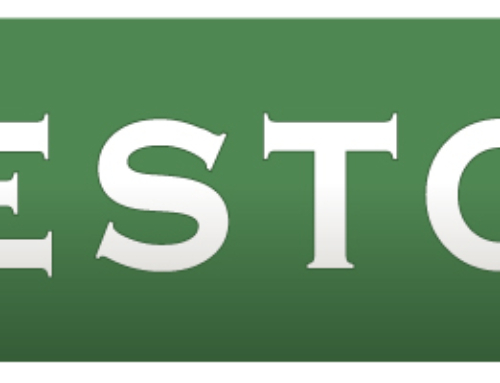
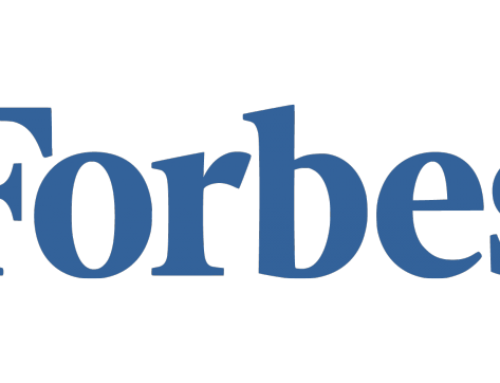
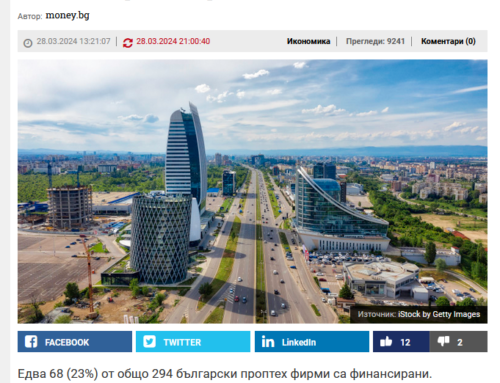

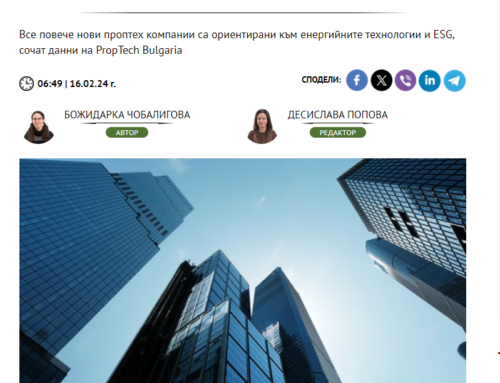
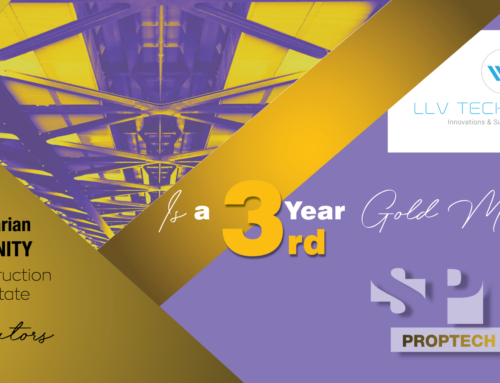
Leave A Comment